Thread safety is a complex question. If you want to make an object thread safe, do it consciously, and document that choice. People who use your class will thank you if it is thread safe when it simplifies their usage, but they will curse you if an object that once was thread safe becomes not so in a future version. Thread safety, while really nice, is not just for Christmas!
So now to your question:
ConcurrentHashMap (at least in Sun's current implementation) works by dividing the underlying map into a number of separate buckets. Getting an element does not require any locking per se, but it does use atomic/volatile operations, which implies a memory barrier (potentially very costly, and interfering with other possible optimisations).
Even if all the overhead of atomic operations can be eliminated by the JIT compiler in a single-threaded case, there is still the overhead of deciding which of the buckets to look in - admittedly this is a relatively quick calculation, but nevertheless, it is impossible to eliminate.
As for deciding which implementation to use, the choice is probably simple.
If this is a static field, you almost certainly want to use ConcurrentHashMap, unless testing shows this is a real performance killer. Your class has different thread safety expectations from the instances of that class.
If this is a local variable, then chances are a HashMap is sufficient - unless you know that references to the object can leak out to another thread. By coding to the Map interface, you allow yourself to change it easily later if you discover a problem.
If this is an instance field, and the class hasn't been designed to be thread safe, then document it as not thread safe, and use a HashMap.
If you know that this instance field is the only reason the class isn't thread safe, and are willing to live with the restrictions that promising thread safety implies, then use ConcurrentHashMap, unless testing shows significant performance implications. In that case, you might consider allowing a user of the class to choose a thread safe version of the object somehow, perhaps by using a different factory method.
In either case, document the class as being thread safe (or conditionally thread safe) so people who use your class know they can use objects across multiple threads, and people who edit your class know that they must maintain thread safety in future.


